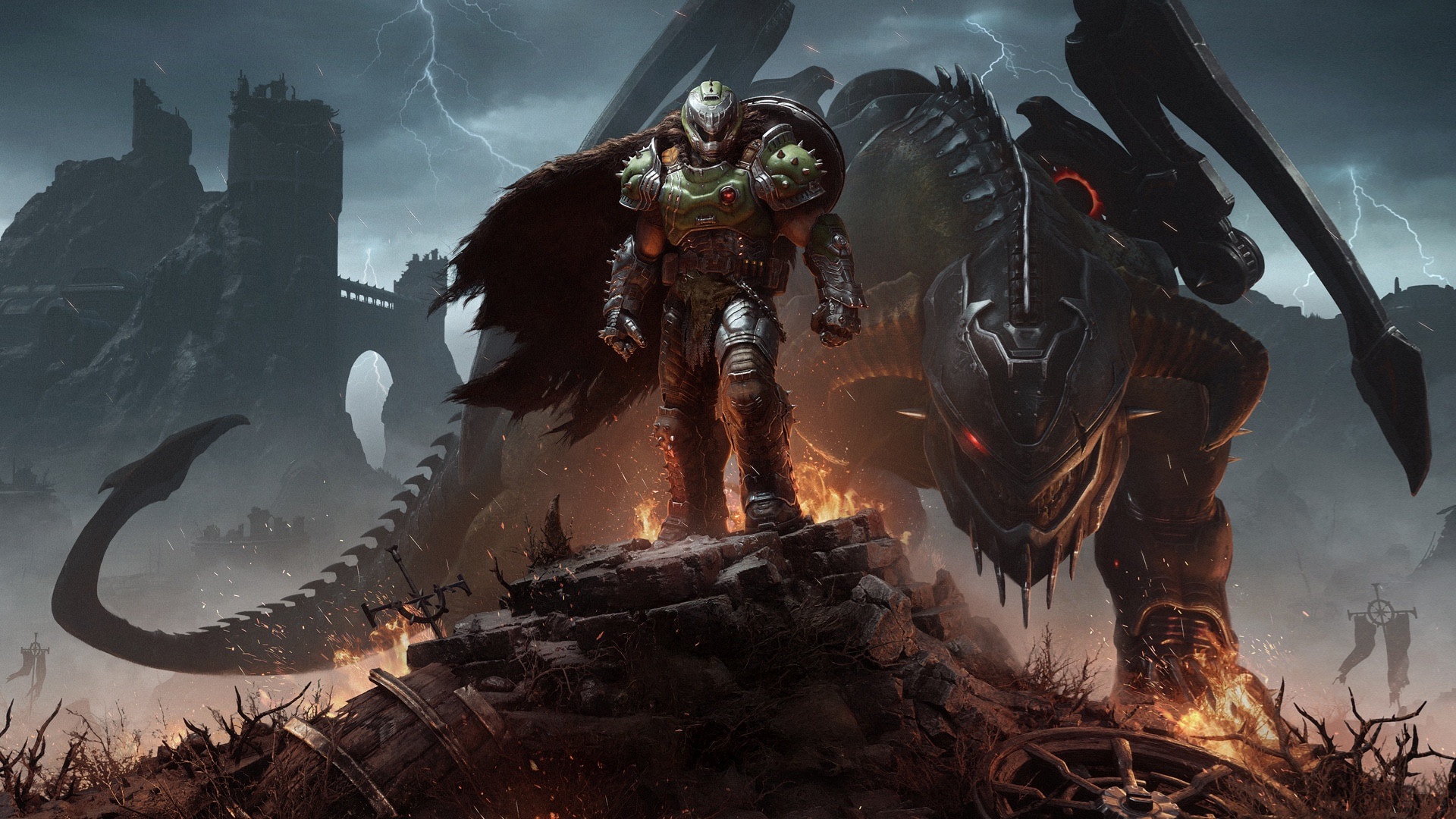Pillars of Eternity II: Deadfire PC review — A magical RPG that will give you '90s nostalgia
Pillars of Eternity II: Deadfire sets sail to expansive islands with everything that made the first game great.
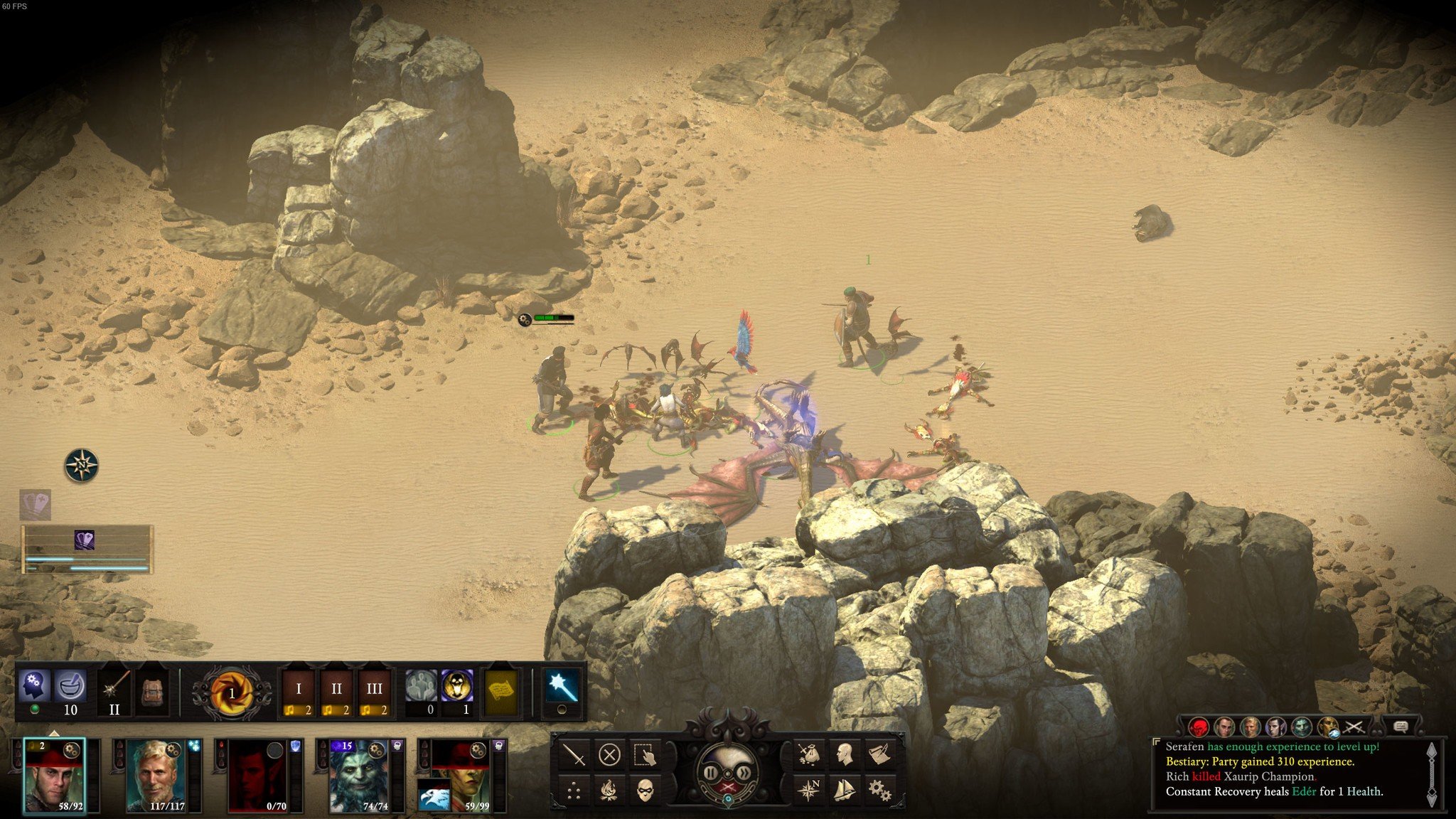
Following the success of the first game in the Pillars of Eternity series, Obsidian aimed to raise enough funds to cover the development of a sequel. More than 33,000 backers on Fig put together almost $4.5 million, showcasing just how much demand there is for excellent role-playing games (RPGs).
Three years after Pillars of Eternity launched, I took to the seas with an able party of adventures in Pillars of Eternity II: Deadfire.
Chasing down a God
Pillars of Eternity II: Deadfire takes place after the main storyline of the first game, but you don't need to have enjoyed Pillars of Eternity to play the sequel. The game does a good job explaining everything that has occurred already in its intro, letting you choose to import a save file or choose an option that best reflects your playstyle (whether you're the good guy or an evil sod), which is used throughout the story.
If you've played Knights of the Old Republic or similar RPGs, you'll be familiar with this system where you choose what occurred in the past and the game works with the set history. After dealing with all the troubles in the first chapter, your hero is brought close to death after Eothas, the God of Death raises a statue up from underneath the stronghold Caed Nua. It's your task to figure out why Eothas has returned, and stop him with the assistance of other Gods.
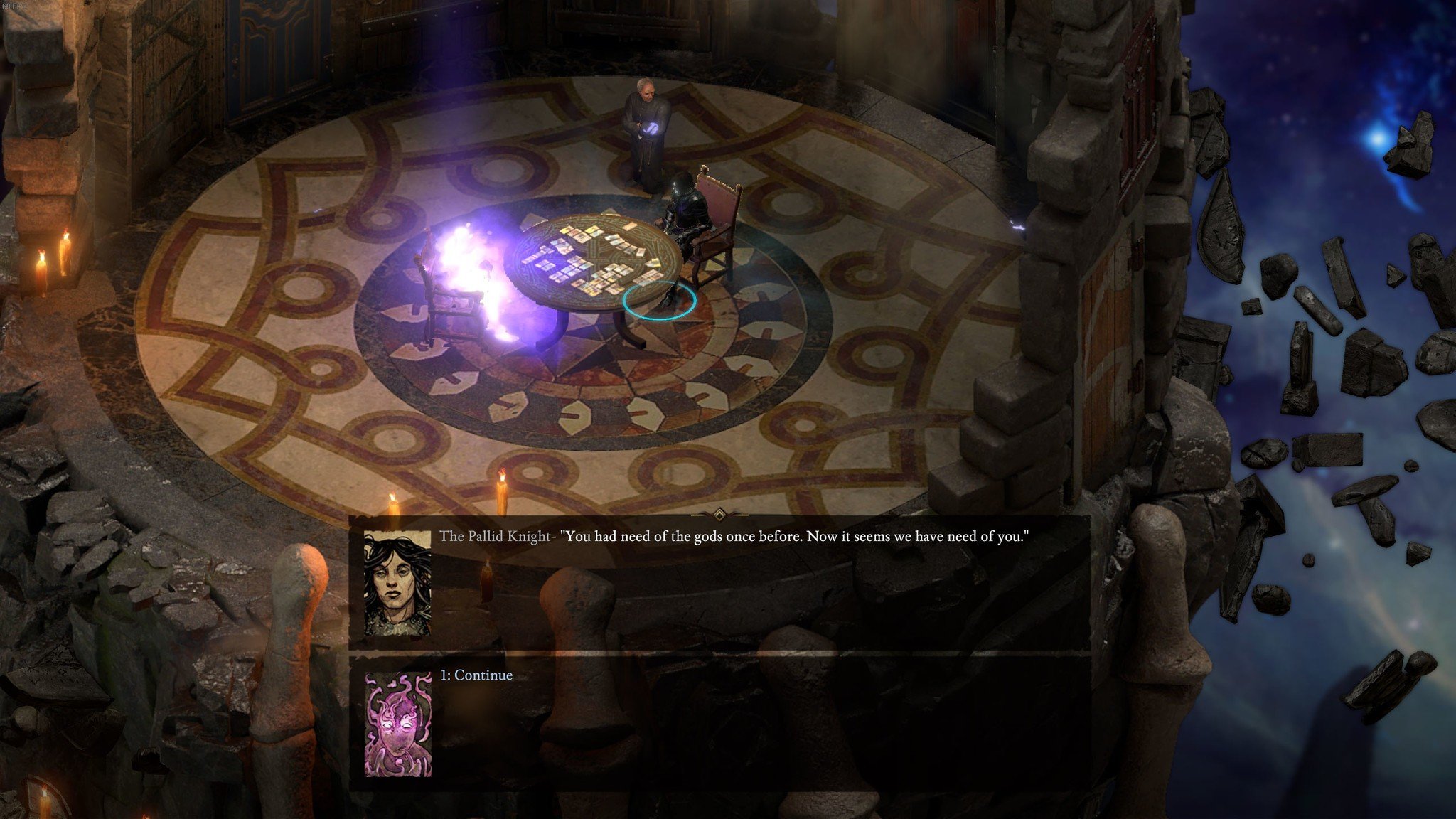
There are also a bunch of side quests to complete, but instead of feeling like an afterthought, the writing makes everything you do align with the main quest. The dialogue and narrative really are fantastic and were one of the highlights of the first game — it's good to see Obsidian continuing to nail it with the script. You will need to do a lot of reading, but it's well worth it.
Admiring the crash of waves
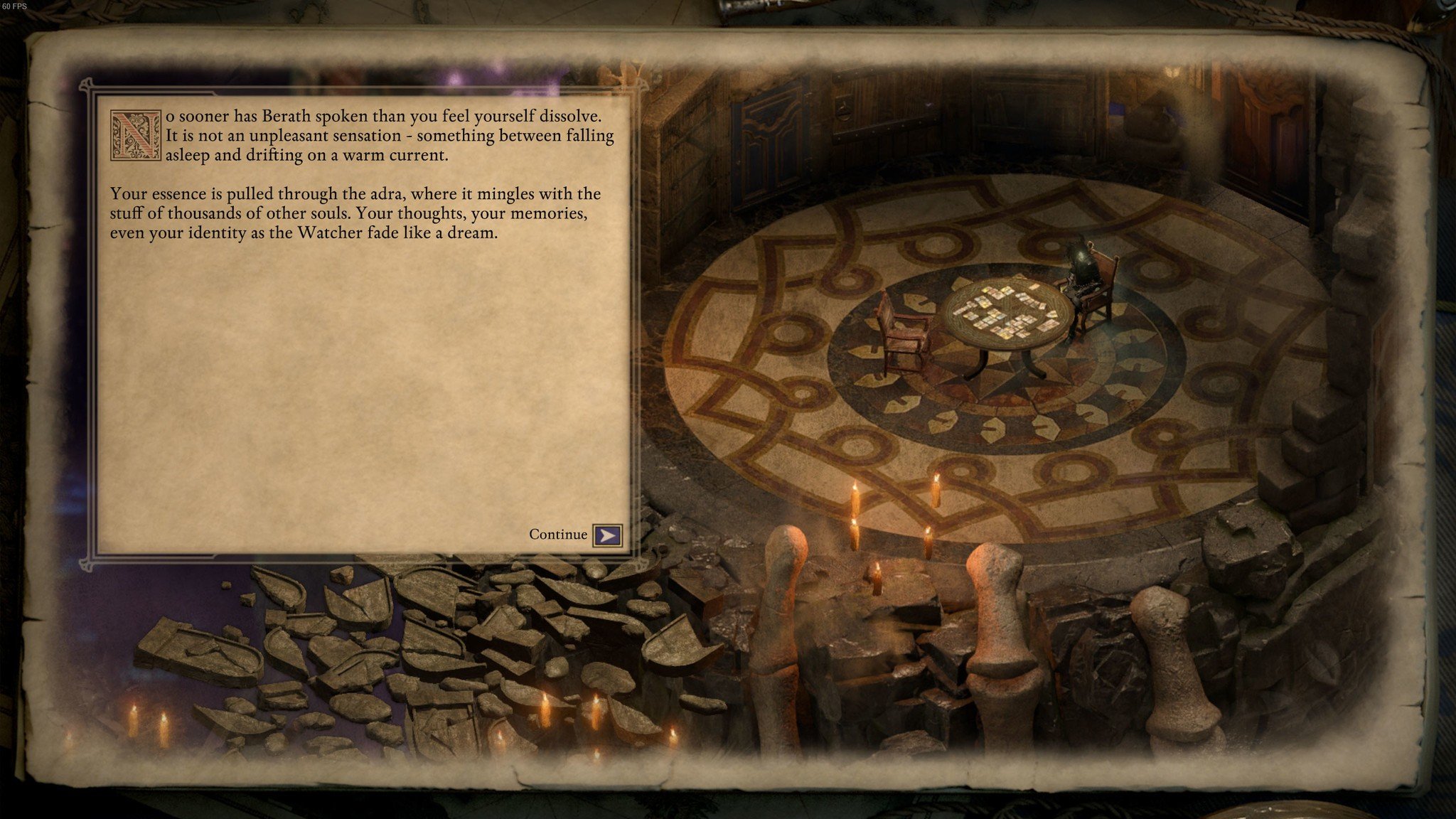
Pillars of Eternity was absolutely gorgeous and the second installment looks even better. Obsidian has taken the engine and added a number of new features, including dynamic weather and other visual effects. It's an interesting blend of painted 2D backdrops with 3D objects and effects.
All the latest news, reviews, and guides for Windows and Xbox diehards.
The region of Deadfire feels very much alive.
The day and night cycles have been given a little more weight, which includes schedules for non-player characters (NPCs). Didn't you find it strange that a character would stand (or sit) in the same position no matter what time of day it is? This is no longer the case, making quests appear a little more realistic too.
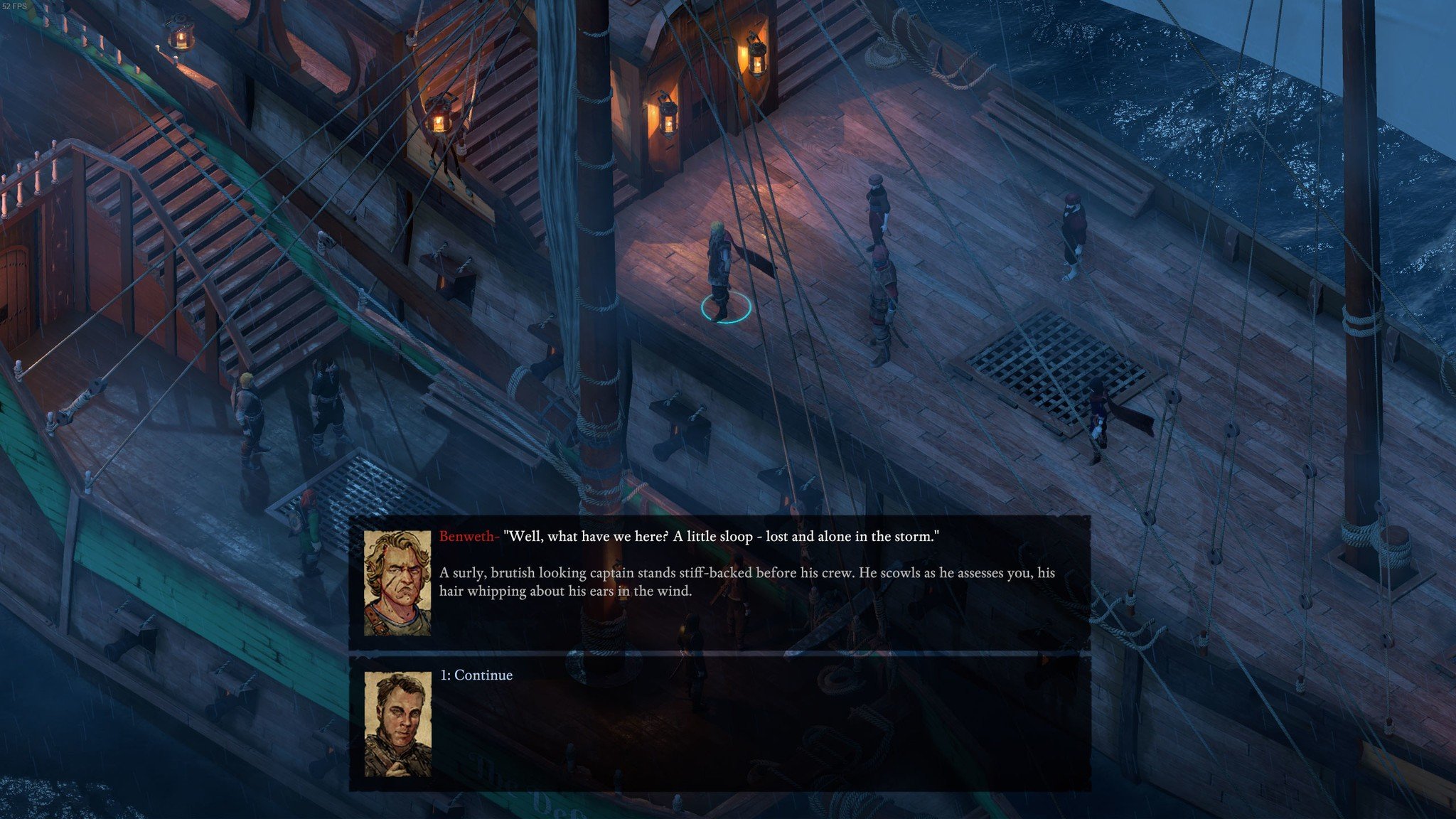
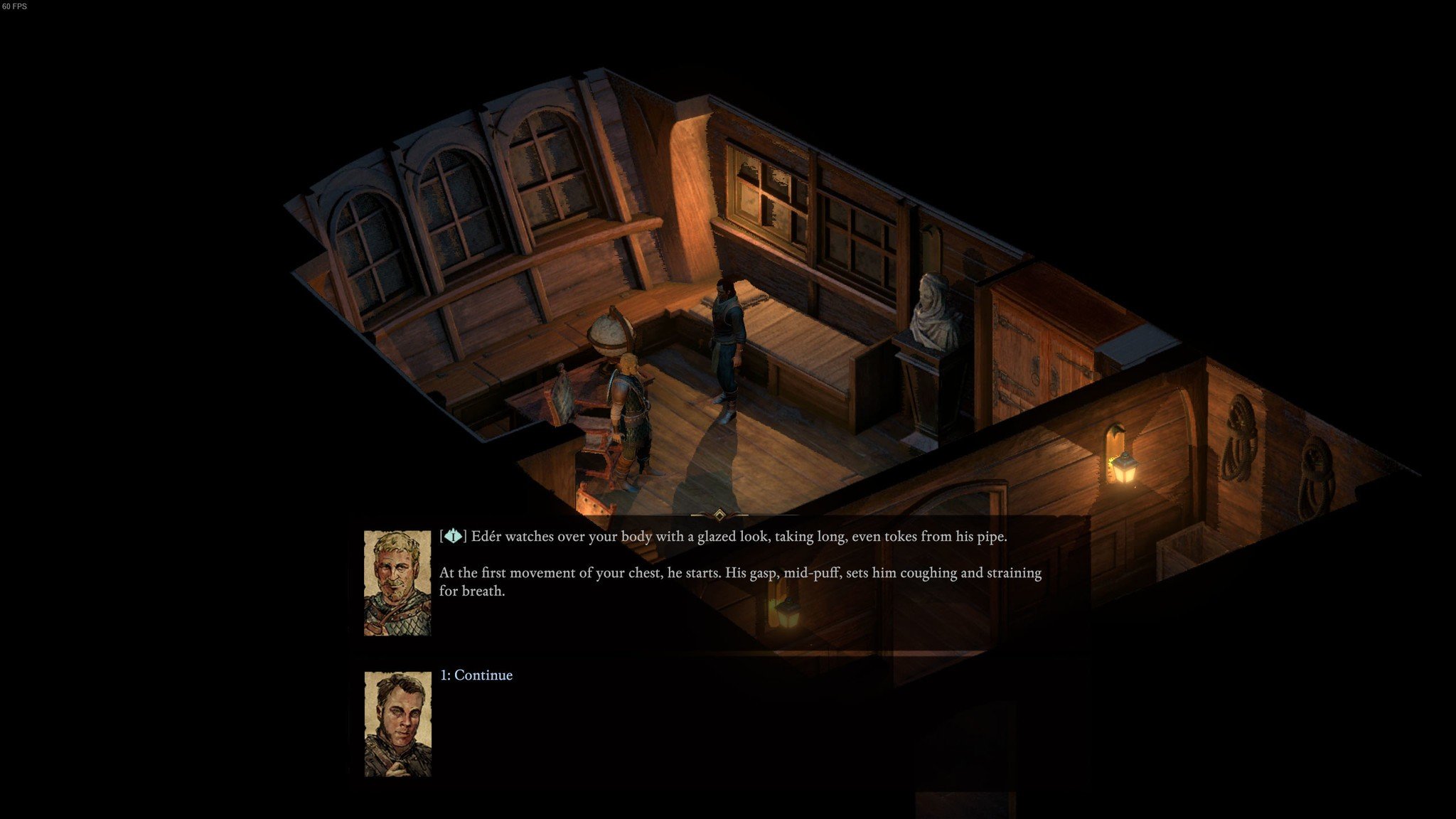
The looks have improved, but the visual design means nothing in a game such as this if the music score isn't up to par. Fortunately, much like the first installment, the tracks and sound effects in Pillars of Eternity II are incredible.
What's said by characters in conversations is voice-acted and all text is narrated during major scenes. Everything is on point, and I never felt as though a voice was incorrectly matched with a character.
Many fans of Pillars of Eternity are RPG veterans who miss the good ol' days of Baldur's Gate and Planescape: Torment, but it seems as though this title is more open to even those who have little experience with RPGs from the 90s. Obsidian took the Dungeons and Dragons formula, created its own set of rules and built a magical world full of mysteries.
Exploring mysterious wonders

Pillars of Eternity II: Deadfire shares much of its gameplay mechanics with the first game, though Obsidian has refined the experience, added a few improvements and introduced a new stronghold in the form of a ship. Starting with The Defiant, it's possible to outfit the ship with various items, upgrade it with better equipment, and even swap it out for a larger, more powerful vessel.
You'll need to pay attention to your ship and its crew since you'll spend a fair amount of time at sea and the morale of everyone aboard is incredibly important — or you'll have a mutiny to deal with. Ship-to-ship combat is handled in a turn-based fashion through text, allowing you to choose to move the ship, fire cannons, or even prepare to board the enemy vessel.
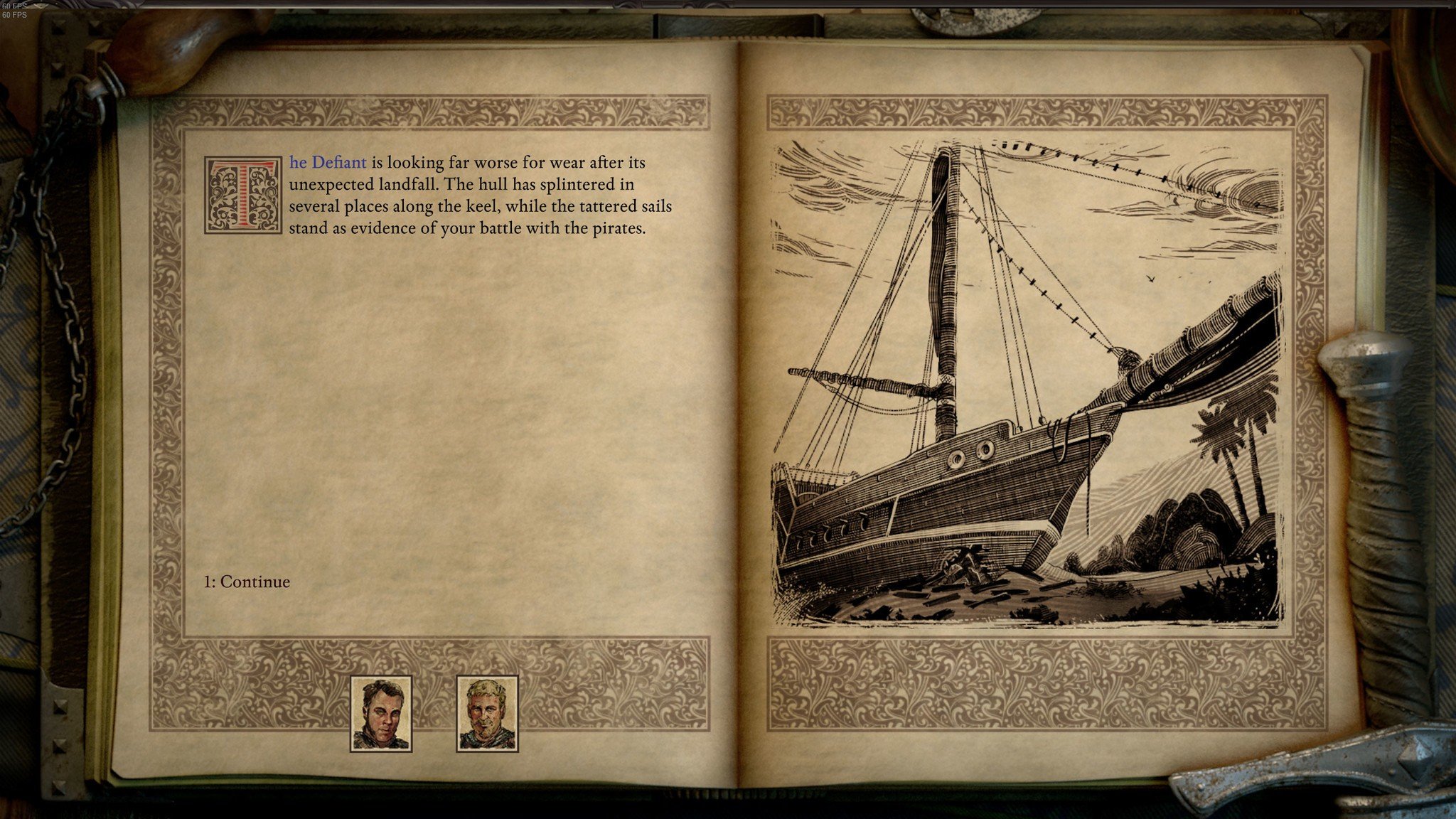
When on land, the world map is used to move across landmass, and when entering a location or point of interest you'll be taken to an environment. This is where much of the combat is handled, as well as exploration and quests.
Injuries make it important to keep tabs on party status.
Combat has been reworked, reducing the party size from six to five, which makes it a little easier to keep track of what's going on. There are also new classes that make more sense, resources that differ depending on which you chose, and the AI has been improved to make it less of a chore to micro-manage everything.
Resting has been altered too since food is now required for your crew and to heal party members. When a member of your squad is knocked out in combat (or hit by a trap), they'll incur an injury, which reduces their max health pool. If they have three injuries, they will die, but luckily resting completely cures everything.
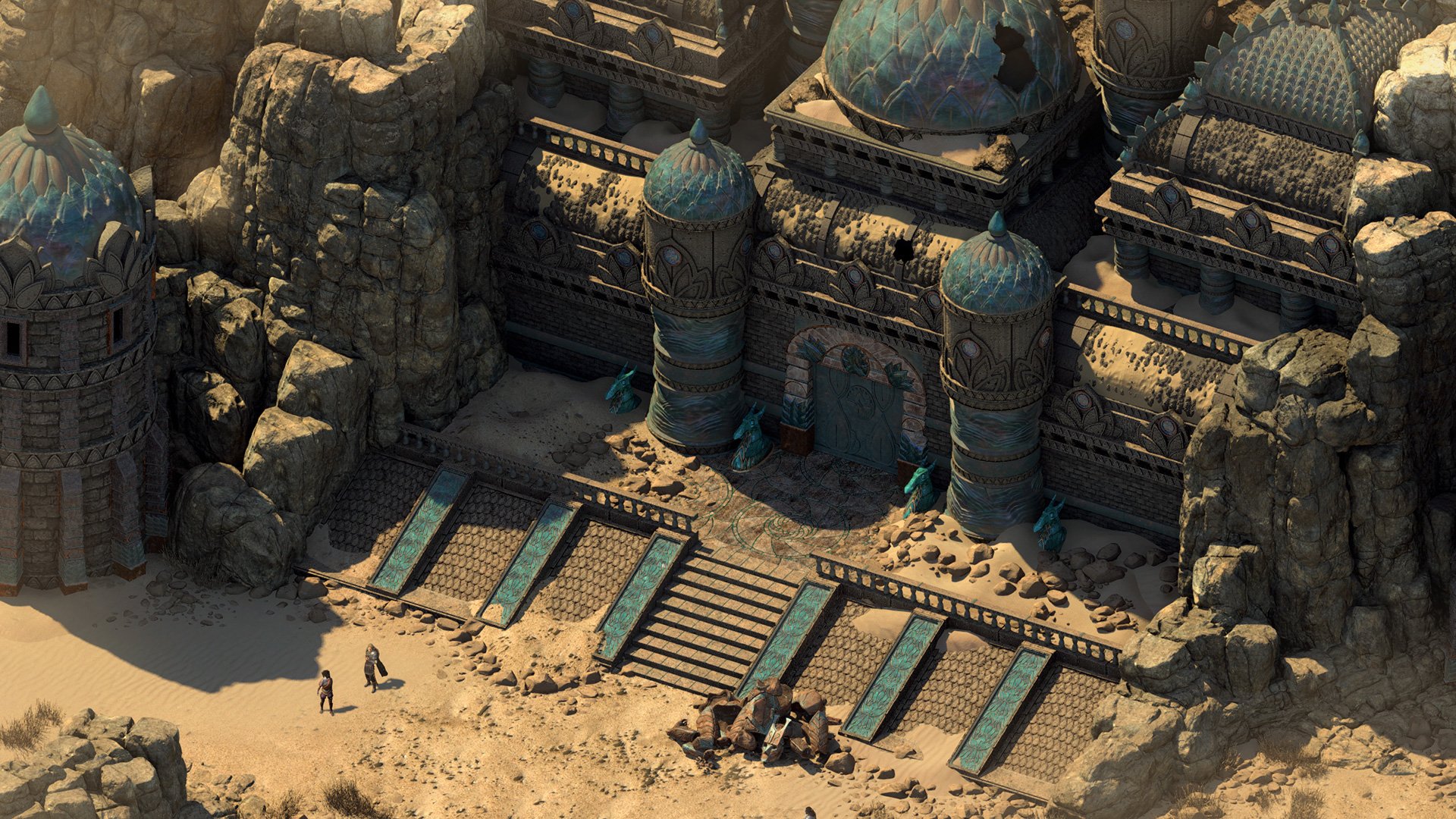
Obsidian has managed to develop Pillars of Eternity into a series of titles that is much more than nostalgia shots. A large part of the appeal is creating your own character, providing a silly name, and losing yourself in the immersive world of Deadfire Archipelago.
A well-crafted adventure
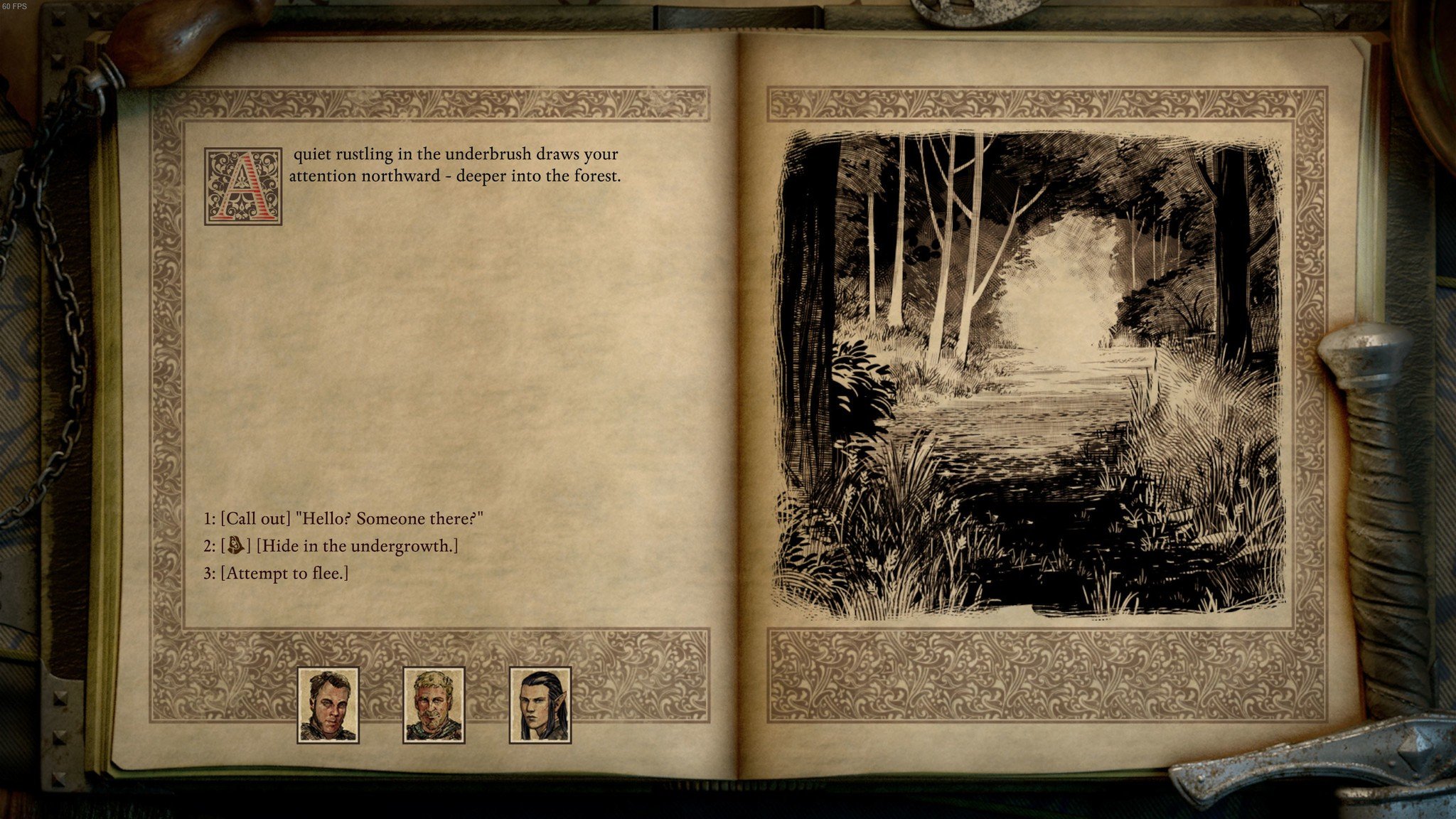
Pillars of Eternity II: Deadfire is an amazing game. Obsidian has gifted the already cluttered RPG genre with an excellent title that offers hundreds of hours worth of gameplay. Puzzles, ship combat, side quests, exploration, and other activities keep you occupied along the way.
While it does most things right, those who aren't used to combat mechanics like the ones used in this game may find it to be a little slow at times. But that's really the only drawback I could come up with after 80 hours of playtime.
Pros:
- Beautiful isometric world.
- Tough combat encounters.
- Fantastic writing.
Cons:
- Could feel a little slow at points.
Are you a fan of RPGs? If so, you must buy this game. While playing through Pillars of Eternity I isn't required, it's recommended to introduce you to the world. Pillars of Eternity II: Deadfire is available right now on PC. It costs about $50. Xbox One, PlayStation 4, and Switch versions are expected to be released later in 2018.
This review was conducted using a copy supplied by the developer on a PC with an Intel Core i5-6600K, GTX 1070, and 16GB of RAM.

Rich Edmonds was formerly a Senior Editor of PC hardware at Windows Central, covering everything related to PC components and NAS. He's been involved in technology for more than a decade and knows a thing or two about the magic inside a PC chassis. You can follow him on Twitter at @RichEdmonds.
